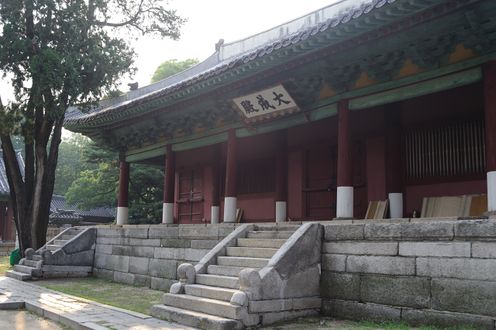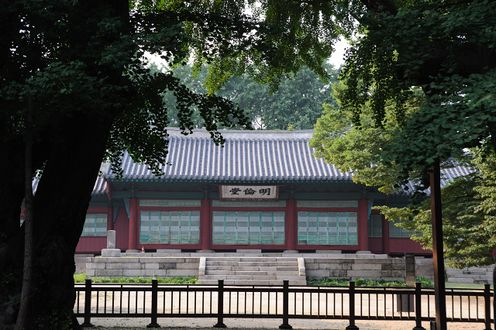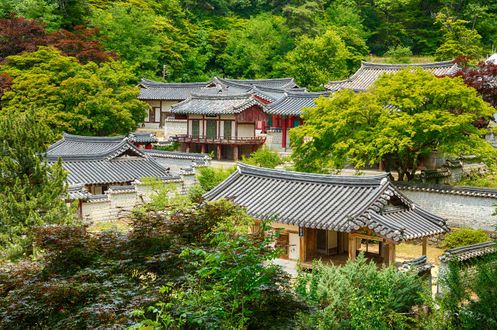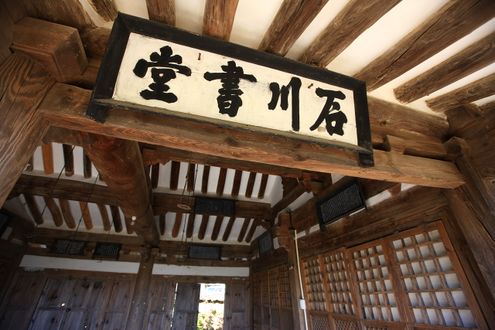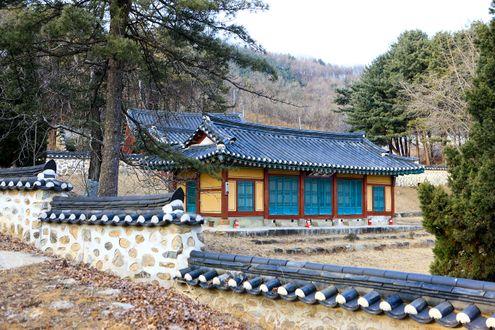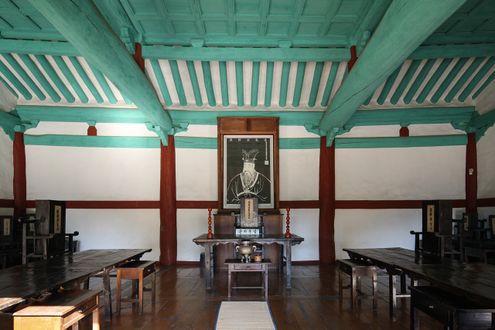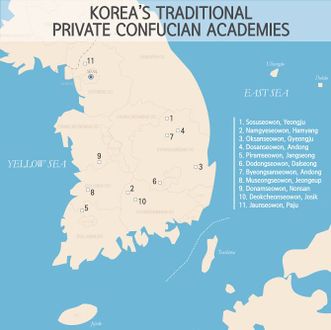Korea's Traditional Education - Over a Millennium of Confucian Learning
Historically, Korea has always placed emphasis on education, and today it is evaluated to have been the foundation for South Korea's successful economic growth. The outstanding scholastic performance of South Korean students, demonstrated by the OECD's Program for International Student Assessment, attracts global attention.
Keen interest in education by Koreans has a long traditional history. The Goguryeo Kingdom established the first state educational institution called "Taehak" in 372 CE and later set up regional schools called "Gyeongdang" to teach Confucianism and martial arts to youth. The Silla Kingdom founded an educational and training system called "Hwarangdo" to foster elite youths. After unifying the Three Kingdoms in the 7th century, Silla established a higher educational institution named "Gukhak" to teach Confucianism and educate public officials.
The Goryeo Dynasty established the "Gukjagam," a central educational organization to teach public officials both Confucianism and technology, and "Hyanggyo," which were public schools for children of local public officials and common people. At the end of the dynasty, it also established a higher educational institution, "Seonggyungwan." Besides these public educational institutions, intellectuals set up 12 private study-houses across the country.
The Joseon Dynasty established a new educational system based on Neo-Confucianism. Evolving into the highest educational institution, t Seonggyungwan Academy educated future public officials in Neo-Confucian philosophy and methods. It also set up affiliated schools in the capital and hyanggyo in regions to provide secondary education. According to the Veritable Records of King Sejong, 329 hyanggyo were established across the country. In addition, individuals opened private Neo-Confucian academies (seowon) and village schools (seodang) for elementary education. These institutions primarily taught literacy and basic knowledge, and they were built with two spaces – one for study and the other for offering rituals for sages or local elites. As the government encouraged Confucianism-based education, individuals and teachers could freely open and operate study-houses until a modern educational system was introduced in the late 19th century; as of 1911, 16,540 of them existed.
From ancient times, people with Confucian knowledge tended to become leaders and members of the ruling class. As the Joseon Dynasty encouraged people to put efforts into study, people were enthusiastic about education as the way to remain upper-class. The culture of regarding education as important has not changed much for a thousand years. Education has served as one of the motive forces of economic growth, accounting for important part of Korean culture.
Related Articles
OECD's Program for International Student Assessment. Goguryeo Confucianism Martial arts Silla Three Kingdoms Goryeo Joseon Neo-Confucianism Veritable Records of the Joseon Dynasty King Sejong (Joseon) Private Neo-Confucian academies Village schools
